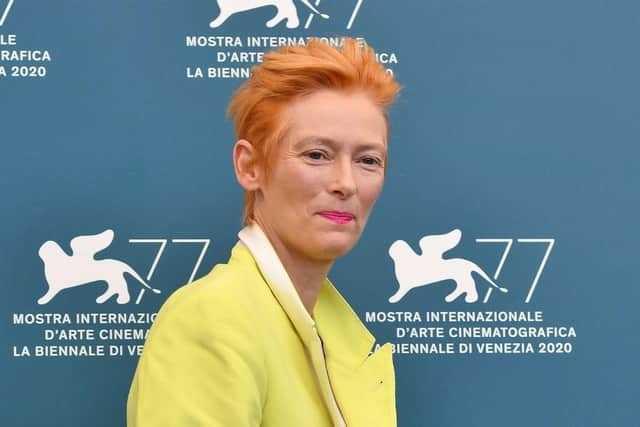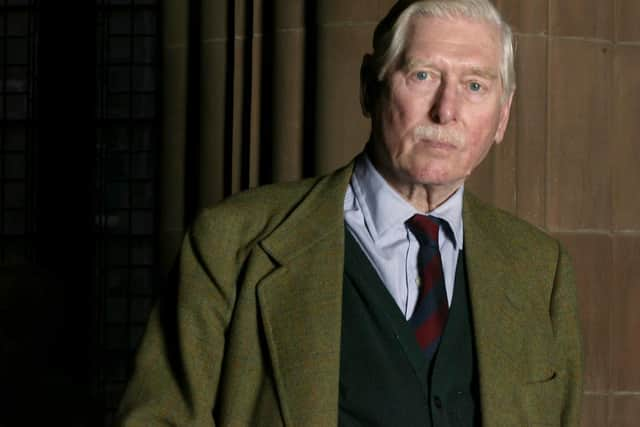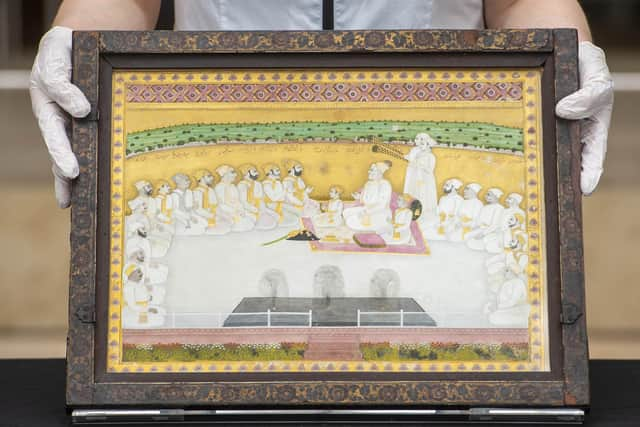Tilda Swinton: ‘Exceptional’ collection of Mughal art accepted in lieu of inheritance tax on estate of Scottish actor’s father
The UK Government accepted the art, which features paintings and lacquer work, as payment for £2,267,370 of tax owed by the Scottish actor’s family following the death of her father, Sir John Swinton, in 2018.
The ‘Acceptance in Lieu’ scheme allows inheritance tax debts to be written off in exchange for the acquisition of objects of national importance.
Advertisement
Hide AdAdvertisement
Hide AdNow allocated to National Museums Scotland, the paintings were brought back from India in 1766, by Captain Archibald Swinton (1731-1804) after his time as an Edinburgh-trained army surgeon in Bengal in north-east India.
He was also employed as an interpreter for the East India Company, which valued his Persian language skills and familiarity with local customs.
The large artworks depict the Nawabs, a group that ruled over Bengal at the time.
When Capt Swinton first met them they were the local rulers under Mughal sovereignty, but subsequently came under British rule.
The paintings are believed to have been given as diplomatic gifts during this period of transfer of power.


Painted in Indian miniature style, the artworks show lavish decoration in minute detail of clothing and landscapes, set against rich gold and silver backgrounds, featuring court scenes, a royal procession on horseback and evening entertainment with music and dance.
They are understood to have been kept at Kimmerghame House in Duns, Berwickshire, the ancestral home of the Swintons of Kimmerghame - a branch of the Lowland Clan Swinton.
The late Sir John, as laird of the Swintons of Kimmerghame, lived at the house until his death in October 2018. His Oscar-winning daughter, lives in Nairn, Highland.


Advertisement
Hide AdAdvertisement
Hide AdFriederike Voigt, principal curator Middle East and South Asia at the National Museums Scotland, said he was “thrilled” that the collection had been “saved for the nation” using the tax scheme.
“The Archibald Swinton collection is of exceptional historical and art historical significance and will make an outstanding addition to the South Asian collections at National Museums Scotland,” she explained.
“We look forward to preserving, researching and displaying this exceptional material for the benefit of all our visitors.”
Naina Minhas, manager of NKS Ltd, which is working with National Museums Scotland on heritage outreach projects, said: “The Archibald Swinton collection showcases and tells a story of South Asian culture, history and heritage of the 18th century.


“Moreover, it gives us, especially the South Asian diaspora, an opportunity to revisit and reinterpret history as we see and understand it from our perspective, in collaboration with diverse communities here in Scotland”.
Experts said the Swinton collection will add to the understanding of this period of British imperial expansion in India and will help tell the stories of early Scottish-Indian encounters.
Edward Harley, chairman of the Acceptance in Lieu panel, said: “These paintings and lacquer work are Mughal in origin and date to the 18th century...with rich decoration and elegant composition, the pictures are a testament to the skilled craft and precision of their respective artists.
“I hope that this example will encourage others to use the scheme to find a place for great art in our national collections.”
A message from the Editor:
Thank you for reading this article. We're more reliant on your support than ever as the shift in consumer habits brought about by coronavirus impacts our advertisers.
If you haven't already, please consider supporting our trusted, fact-checked journalism by taking out a digital subscription.
Comments
Want to join the conversation? Please or to comment on this article.
